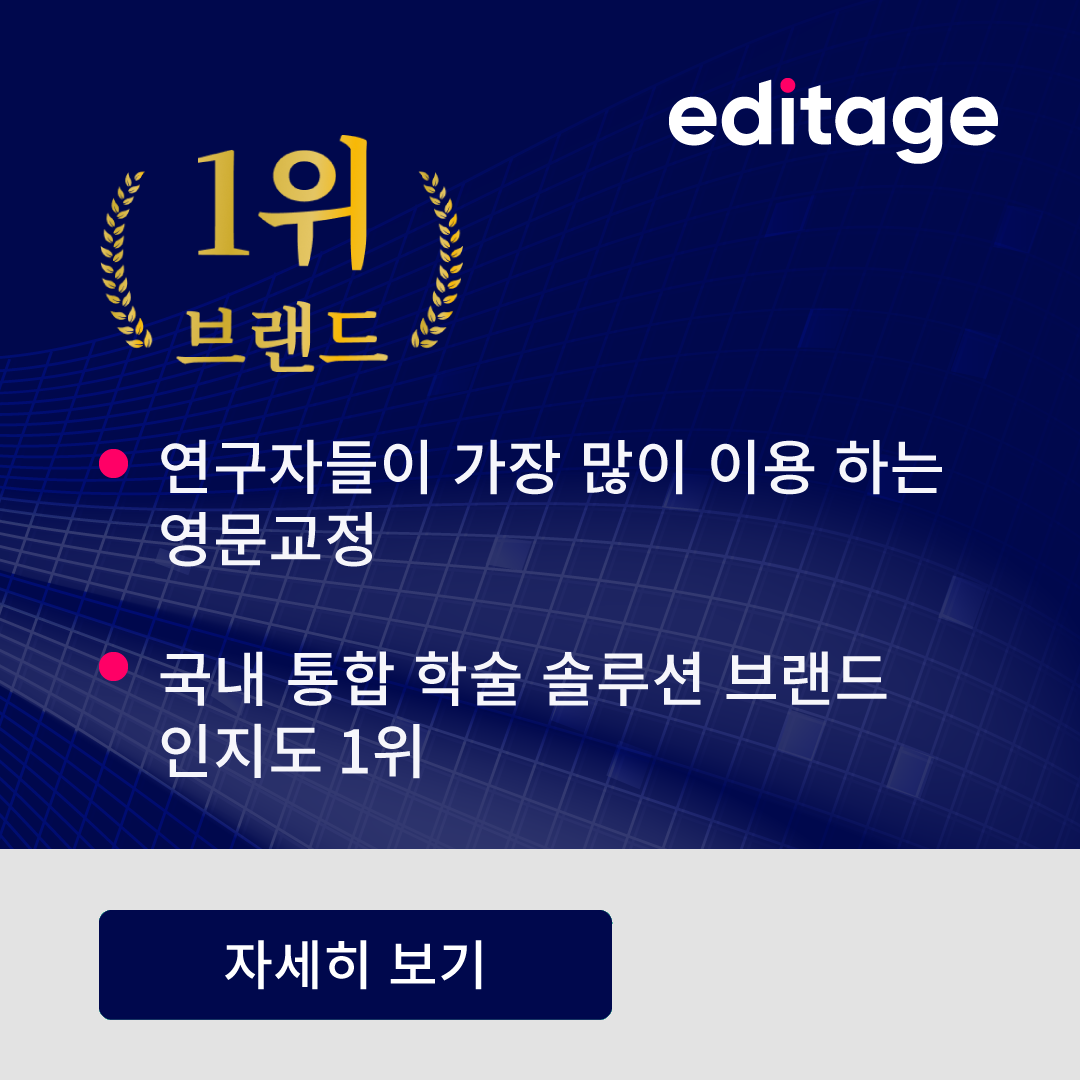The most commonly cited sources in research papers are other papers, published in journals. However, especially in the humanities, books come a close second. Even in the sciences, books are often cited as sources of information on standard procedures and techniques, particularly in the materials and methods section of a paper. This post describes how to present all the relevant details of a book when it is listed as part of the list of references that appears at the end of a typical research paper.
The names of authors, the year of publication, and the title of the paper and of the journal in which it is published are some of the elements of a reference to a paper published in a journal. Such references will also have the volume number of the journal and the first and the last pages of the paper being cited.
With books, some elements are common and some are different. The names of authors and the year of publication, for example, are common. On the other hand, each book is a separate entity and does not carry a volume number. The elements necessary to cite a book as a reference also include the publisher, the place of publication, and the edition (so long as it is other than the first edition). If no edition is mentioned, it is assumed that it is the first edition. A typical reference, therefore, takes the following form:
Klein G. 1998. Sources of power: how people make decisions. Cambridge, Massachusetts: the MIT Press. 330 pp.
Although the exact form may vary in minor details, note the following points.
- The title of the book is in italics, with the main title in “title” case (every significant word begins with a capital letter) and the subtitle in “sentence” case, separated from the main title with a semicolon.
- The place of publication is given before the publisher and the two are separated with a colon.
- The total number of pages is given.
In social sciences, it is customary to give the author’s name in full (Gary in the above example, instead of shortening it to G). If the reference is to a particular page, that detail is given within the text when it is cited, as in (Klein 1998, p. 67). Some publishers do not require the total number of pages to be mentioned.
See here for a related post on reference format.











